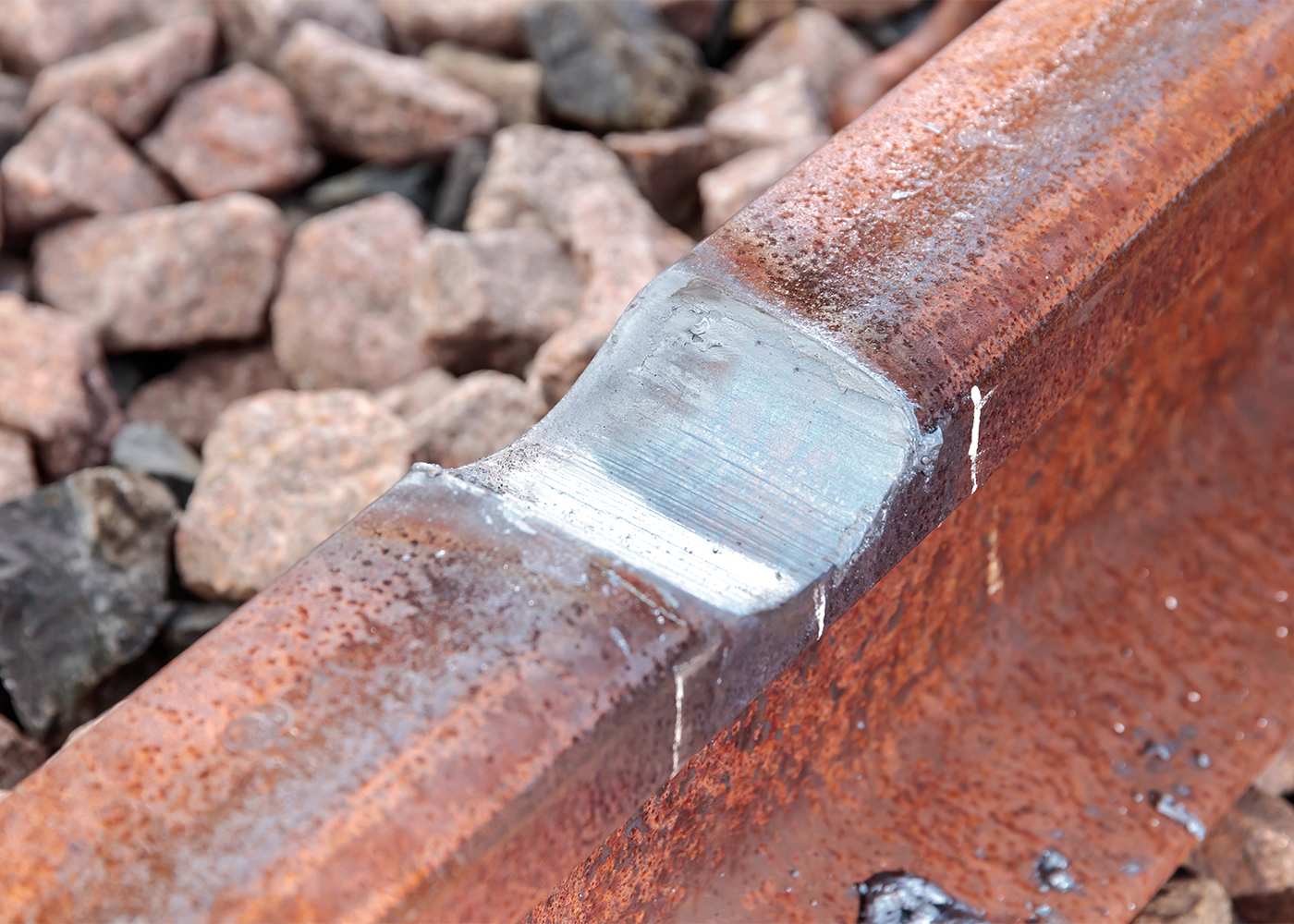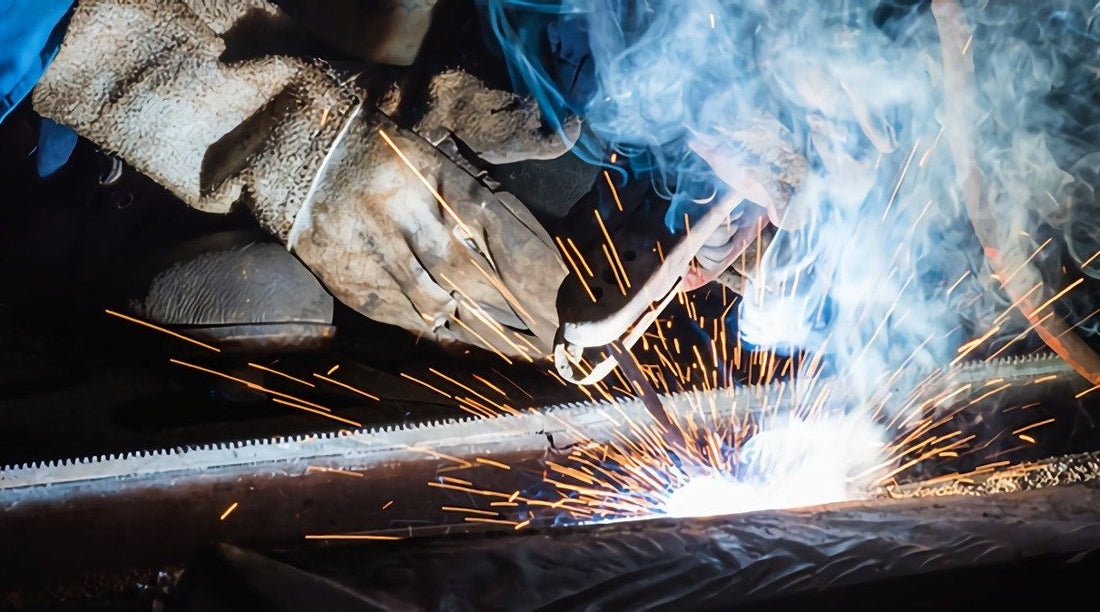All Concerning Welding: Trick Insights Into Techniques and Best Practices for Success
Welding encompasses a range of methods, each fit for certain materials and applications. Comprehending these approaches, such as GMAW, SMAW, and TIG, is crucial for attaining ideal outcomes. The right equipment and safety and security techniques can not be neglected. As preparation and repairing play crucial duties in the welding procedure, grasping these components can considerably improve the quality of the final item. What are the essential elements that assure a successful weld?
Recognizing Various Welding Strategies
Welding methods encompass a variety of approaches, each suited to certain applications and materials. Amongst the most usual methods are Gas Steel Arc Welding (GMAW), Shielded Steel Arc Welding (SMAW), and Tungsten Inert Gas Welding (TIG) GMAW, additionally understood as MIG welding, is prominent for its rate and adaptability, making it ideal for slim materials. SMAW, or stick welding, is preferred for its simplicity and performance in outside atmospheres, specifically with thicker metals. TIG welding provides precision and control, making it ideal for intricate job and non-ferrous steels (Montana Mobile Welding and Repair). Each technique has its special advantages and considerations, permitting welders to select the best technique based upon the task's demands, product kind, and desired end results. Recognizing these techniques is necessary for effective welding
Vital Welding Tools and Tools
While various welding methods need details abilities, the best devices and devices are just as vital for achieving quality outcomes. Essential welding devices consists of welding devices, which vary depending on the method-- such as MIG, TIG, or stick welding. Protective gear, consisting of aprons, safety helmets, and handwear covers, warranties safety and comfort throughout the process. Furthermore, clamps and fixtures assist protect materials in position, ensuring precision in welds. Consumables like welding rods, cord, and securing gas are likewise essential parts that affect the top quality of the weld. Devices such as grinders and cutters promote surface area preparation and post-weld completing, contributing to an expert result. Investing in premium devices ultimately enhances the performance and efficiency of welding tasks.
Safety Practices in Welding
Proper safety and security techniques are necessary in the welding market to protect employees from prospective threats. Welders need to use appropriate individual safety devices (PPE), consisting of headgears with proper shading, gloves, and flame-resistant apparel. Ample ventilation is essential to minimize direct exposure to unsafe fumes and gases created during the welding procedure. In addition, workers must be learnt the proper handling of welding equipment to avoid accidents. Fire precaution, such as maintaining combustible products away from the welding area and having fire extinguishers readily available, are essential. Routine inspections of devices and work spaces can help determine possible hazards before they lead to crashes. By adhering to these safety techniques, welders can develop a much safer working environment and decrease dangers connected with their profession.
Preparing Materials for Welding
Preparing materials for welding is a crucial action that considerably influences the quality and stability of the end product (Welding). Correct preparation includes cleansing the surfaces to remove pollutants such as oil, corrosion, and dust, which can jeopardize the weld. Strategies such as grinding, fining sand, or using solvents are generally employed to attain a tidy surface area. In addition, making certain that the products mesh well is essential; spaces can bring about weak welds. It's also essential to think about the alignment and positioning of the components, as this will influence the convenience of welding and the last outcome. go to this site Lastly, picking the ideal filler product and making sure compatibility with the base metals is important for achieving solid, durable welds
Tips for Achieving High-Quality Welds
Achieving high-grade welds requires attention to detail and adherence to ideal methods throughout the welding process. Proper joint prep work is vital, ensuring surface areas are clean and complimentary from contaminants. Picking the ideal filler material and welding method based upon the base metals is crucial for suitable bonding. Keeping consistent travel rate and angle while welding can prevent flaws and promote harmony. In addition, managing warmth input is important; extreme warmth can result in warping and damaged joints. Consistently evaluating the welds throughout the procedure permits for immediate adjustments if needed. Utilizing suitable post-weld therapies, such as cleansing and stress and anxiety alleviation, can improve the toughness and stability of the weld, ultimately making sure a successful end result.
Repairing Usual Welding Issues
Welding commonly provides challenges that can impact the quality and honesty of the end product. Typical issues such as porosity, irregular weld beads, and getting too hot can occur, each needing specific fixing techniques. Understanding these troubles is essential for welders to boost their abilities and accomplish perfect outcomes.
Porosity Troubles Discussed
Although porosity can often be overlooked, it continues to be a vital issue in welding that can jeopardize the stability of an ended up product. Porosity describes the presence of little gas pockets within the weld grain, which can compromise the joint and lead to early failure. This trouble typically develops from impurities, moisture, or incorrect protecting gas insurance coverage throughout the welding procedure. To minimize porosity, welders must confirm that the base materials are clean and completely dry, use appropriate protecting gases, and keep consistent welding specifications. Frequently checking the devices and setting can additionally help recognize potential concerns before they show up in the weld. Addressing porosity effectively is necessary for attaining strong, durable welds that meet quality requirements.

Irregular Weld Beans
Irregular weld grains can significantly affect the quality and stamina of a finished item. Numerous aspects contribute to this issue, including incorrect travel rate, inaccurate amperage settings, and inconsistent electrode angles. When the welder moves also quickly, a bead might show up narrow and do not have penetration, while relocating as well gradually can trigger extreme build-up. Furthermore, utilizing the wrong amperage can cause either undercutting or too much spatter, both of which compromise weld stability. The welder's strategy, such as inconsistent lantern motion, can also lead to unequal bead look. To this page reduce these problems, welders must concentrate on maintaining steady, controlled motions and ensuring proper tools settings to attain uniformity in their welds. Consistency is vital to achieving trustworthy and solid welds.
Overheating and Warping Issues
Too much warm throughout the welding process can cause significant getting too hot and contorting concerns, impacting the structural honesty of the workpiece. These troubles frequently manifest as distortion, which can compromise placement and fit-up, making more setting up challenging. Aspects adding to overheating include the choice of welding specifications, such as voltage and travel speed, along with the kind of material being welded. To reduce these issues, welders should maintain consistent travel speed and suitable warm input while keeping an eye on the workpiece temperature. In addition, pre-heating or post-weld warm treatment can help alleviate these details stress and anxieties brought on by fast cooling - Montana Mobile Welding and Repair Belgrade. Regular evaluation and adherence to best practices are essential in preventing overheating and ensuring the long life and integrity of bonded structures
Regularly Asked Concerns
What Are the Job Opportunities in the Welding Sector?
The welding sector uses varied profession possibilities, including settings as welders, designers, assessors, and teachers. Experts can operate in production, construction, aerospace, and automobile fields, taking advantage of strong demand and competitive wages in different roles.
Just How Can I Improve My Welding Rate Without Compromising Top Quality?
To improve welding speed without compromising high quality, one need to exercise efficient strategies, preserve equipment, optimize settings, and enhance hand-eye coordination. Regular training and seeking responses can additionally greatly add to attaining much faster, premium welds.
What Accreditations Are Available for Welders?
Various certifications exist for welders, consisting of those from the American Welding Culture (AWS), the National Facility for Building And Construction Education And Learning and Research (NCCER), and various industry-specific organizations. These qualifications boost employability and show ability efficiency.
Exactly How Does Welding Influence the Features of Metals?
Welding affects the residential properties of metals by altering their microstructure, which can result in adjustments in toughness, solidity, and ductility. Heat input and air conditioning prices throughout the procedure considerably influence these product qualities.
Can I Weld Dissimilar Metals With Each Other?

Comments on “Field guide for weld distortion by Belgrade Fabrication”